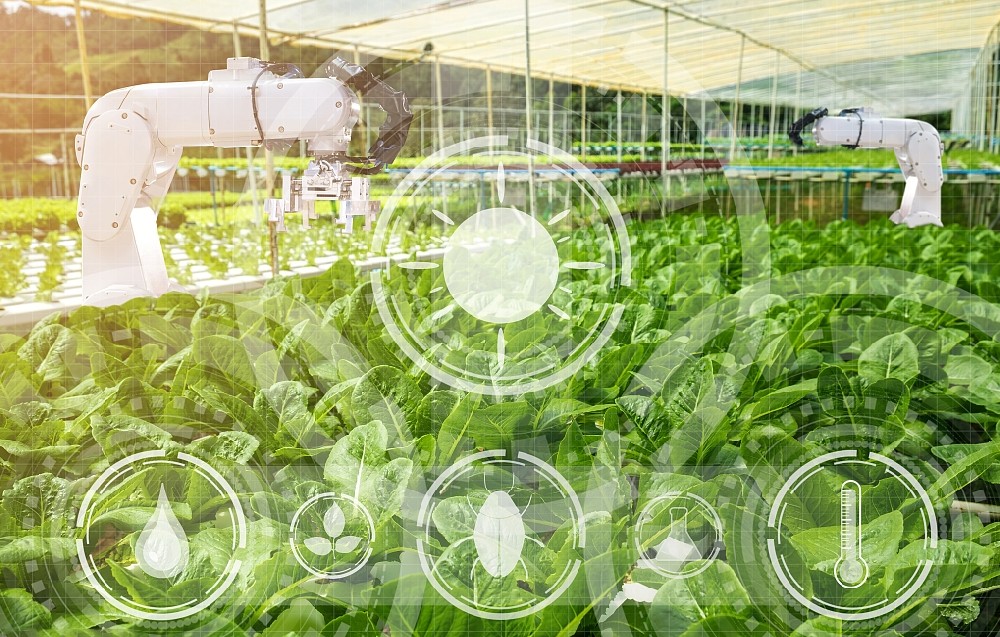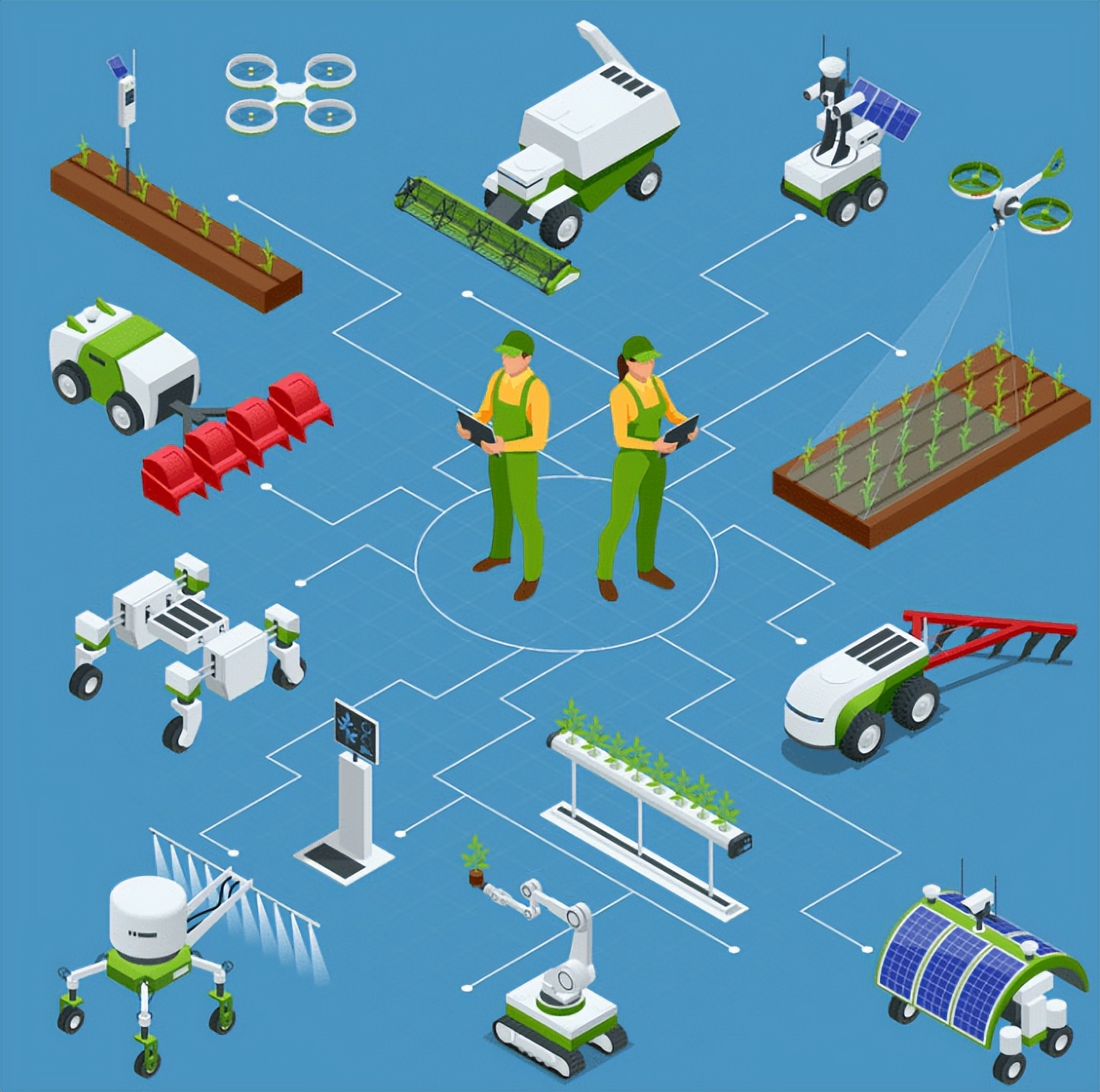

— Blogs —
—Products—
 Consumer hotline +8618073152920
Consumer hotline +8618073152920 WhatsApp:+8615367865107
Address:Room 102, District D, Houhu Industrial Park, Yuelu District, Changsha City, Hunan Province, China
Product knowledge
Time:2024-03-30 09:28:11 Popularity:975
Smart agriculture, as an important content of the smart economy, relies on the Internet of Things, cloud computing and AI remote sensing technology and other modern information technology and agricultural production integration, to achieve intelligent perception of the agricultural production environment and data analysis, aimed at achieving accurate management of agricultural production and visual diagnosis. However, the current smart agriculture is still facing a series of dilemmas in the development, mainly as follows:

1. Technical shortcomings and bottlenecks:
At present, the technology related to smart agriculture is still in an immature and unstable stage, which is difficult to meet the actual needs of agricultural production. This includes deficiencies in data collection and processing technologies, such as data accuracy and real-time to be improved, and high cost of intelligent equipment. In addition, the technology application scene is also relatively limited, most of them still remain in the application of a single technology or a single scene, and lack of more complete and comprehensive intelligent agriculture solutions.
2. Low degree of data collection and application integration:
The development of intelligent agriculture requires a large amount of data support, including soil, weather, crop growth and other aspects of the data. However, the current coverage of agricultural data collection is insufficient and lacks accuracy and authority. The degree of data integration and standardisation is also low, leading to the possibility that the established intelligent models, early warning models, management information systems, etc. may lose their value.

3. Agricultural scientific and technological inputs and informatisation are not high:
Some high-end intelligent agricultural machinery and equipment are mainly dependent on imports, and the level of agricultural technology is low, making it difficult to realise multi-functional, multi-purpose, real-time monitoring and other operations, leading to low operational efficiency in agricultural production. At the same time, the construction of rural information technology is relatively backward, with weak information infrastructure, making it difficult to promote and apply new information technology on a larger scale.
4. Lack of high-quality agricultural production management personnel:
The current loss of high-quality human capital is serious, less understanding and application of Internet information technology, and a relatively weak sense of modern agricultural production. This leads to fewer rural start-ups and supporters of smart agriculture, and a serious lack of endogenous motivation for the construction and development of smart agriculture.
5. Inadequate scientific research system and insufficient promotion capacity:
The government and social support for agricultural research is still insufficient, resulting in an inadequate agricultural research system and insufficient capacity to transform scientific research results into productivity. Many agricultural research institutions have not been unified system, the lack of a clear division of labour, cooperation and guidance and communication channels, making it difficult to complete breakthrough research projects.
6. Lack of standards and lack of standardisation:
Smart agriculture needs to establish a complete set of standard systems to ensure interoperability and data sharing between various types of equipment, sensors, data and so on. However, the current smart agriculture standards are still relatively small, and the standards are not uniform, it is difficult to form an interconnected ecosystem.
7. High risk of data security:
smart agriculture involves a large amount of sensitive data, which are vulnerable to hacking or leakage, so it is necessary to establish a perfect data security protection mechanism.
8. Farmers' acceptance:
Some farmers may hold a conservative attitude towards smart agriculture due to their insufficient knowledge of emerging technologies, affecting its promotion and application in agricultural production.
In response to the above dilemmas, the government, enterprises and agriculture-related personnel need to increase investment in smart agriculture, provide support in terms of human, material and financial resources, promote the research and development and application of smart agriculture technology, strengthen agricultural data collection and integration, improve agricultural science and technology inputs and informatisation, cultivate high-calibre agricultural production and management personnel, improve the scientific research system, and strengthen standardisation and normative construction, in order to ensure the smart healthy development of agriculture.
Prev:What are weather instruments
Next:What's the difference between fog sensor and visibility sensor?
Related recommendations
Sensors & Weather Stations Catalog
Agriculture Sensors and Weather Stations Catalog-NiuBoL.pdf
Weather Stations Catalog-NiuBoL.pdf
Related products
 Combined air temperature and relative humidity sensor
Combined air temperature and relative humidity sensor Soil Moisture Temperature sensor for irrigation
Soil Moisture Temperature sensor for irrigation Soil pH sensor RS485 soil Testing instrument soil ph meter for agriculture
Soil pH sensor RS485 soil Testing instrument soil ph meter for agriculture Wind Speed sensor Output Modbus/RS485/Analog/0-5V/4-20mA
Wind Speed sensor Output Modbus/RS485/Analog/0-5V/4-20mA Tipping bucket rain gauge for weather monitoring auto rainfall sensor RS485/Outdoor/stainless steel
Tipping bucket rain gauge for weather monitoring auto rainfall sensor RS485/Outdoor/stainless steel Pyranometer Solar Radiation Sensor 4-20mA/RS485
Pyranometer Solar Radiation Sensor 4-20mA/RS485
Screenshot, WhatsApp to identify the QR code
WhatsApp number:+8615367865107
(Click on WhatsApp to copy and add friends)
